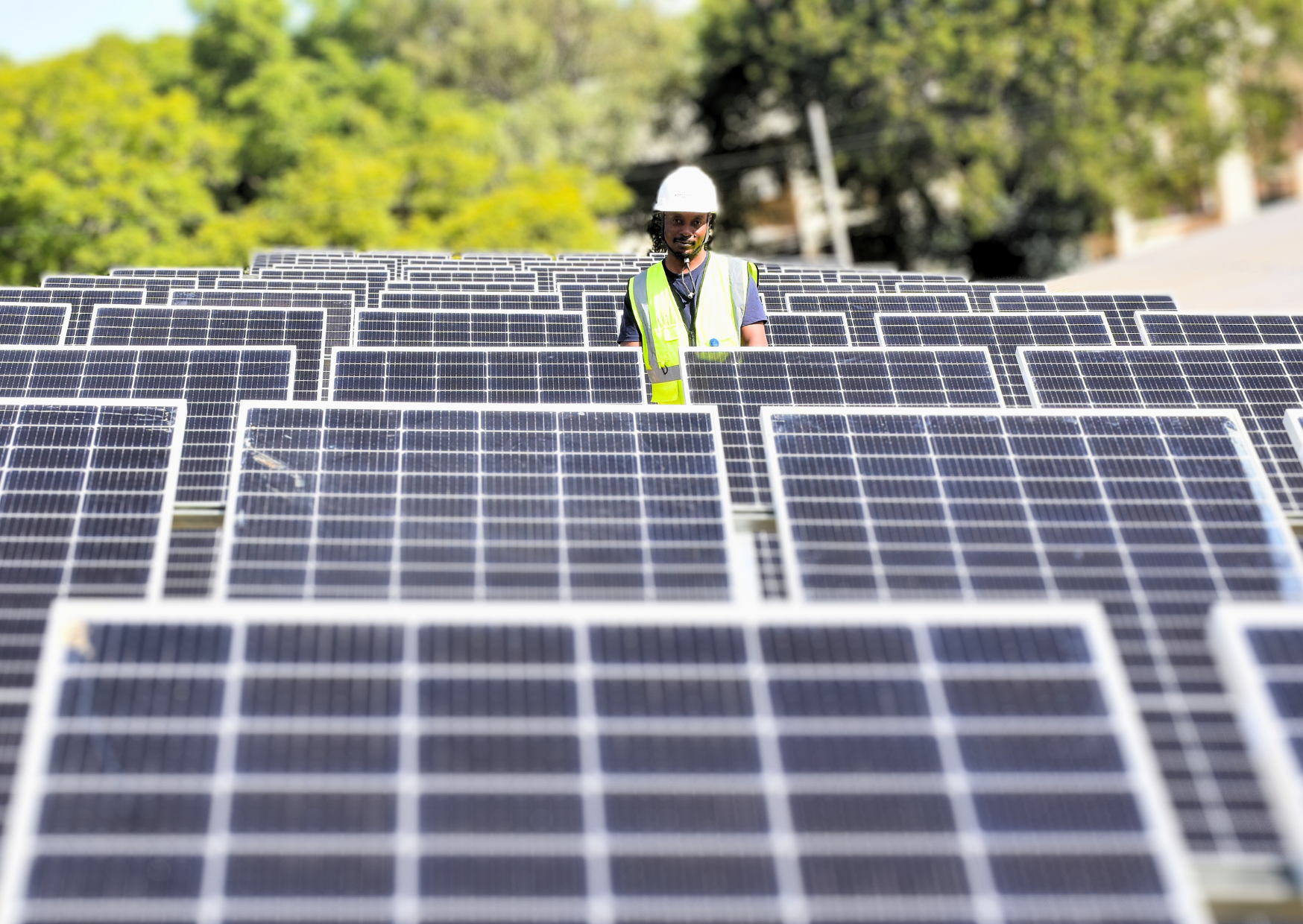
Photo: UNDP Malawi / Florence Leysen
As the climate crisis deepens, UNDP is leading by example by decarbonizing its operations and championing climate action worldwide.
Central to this commitment is our Greening Moonshot initiative, which aims to cut UNDP carbon footprint by 50 percent by 2030. To achieve this ambitious goal, we focus on practical interventions like improving energy efficiency, adopting renewable energy, and e-mobility. As part of the initiative, over 170 offices report annually on energy use, travel, and waste, directing their investments towards where the greatest impact can be made.
Five years of progress
Five years into the Greening Moonshot, UNDP has funded 140 energy and e-mobility projects in its facilities around the world, collectively avoiding nearly 3,500 tonnes of CO2 emissions annually — the equivalent of planting over 50,000 trees.
Beyond their positive impact on the environment, these interventions also led to cost savings, with every US$1 invested saving $1.79 in energy costs. Overall, the projects are expected to save UNDP over $19 million in energy and fuel costs over the project lifetime of 15 years.
Here are five diverse examples from around the world that showcase our efforts in walking the talk by greening our own operations.
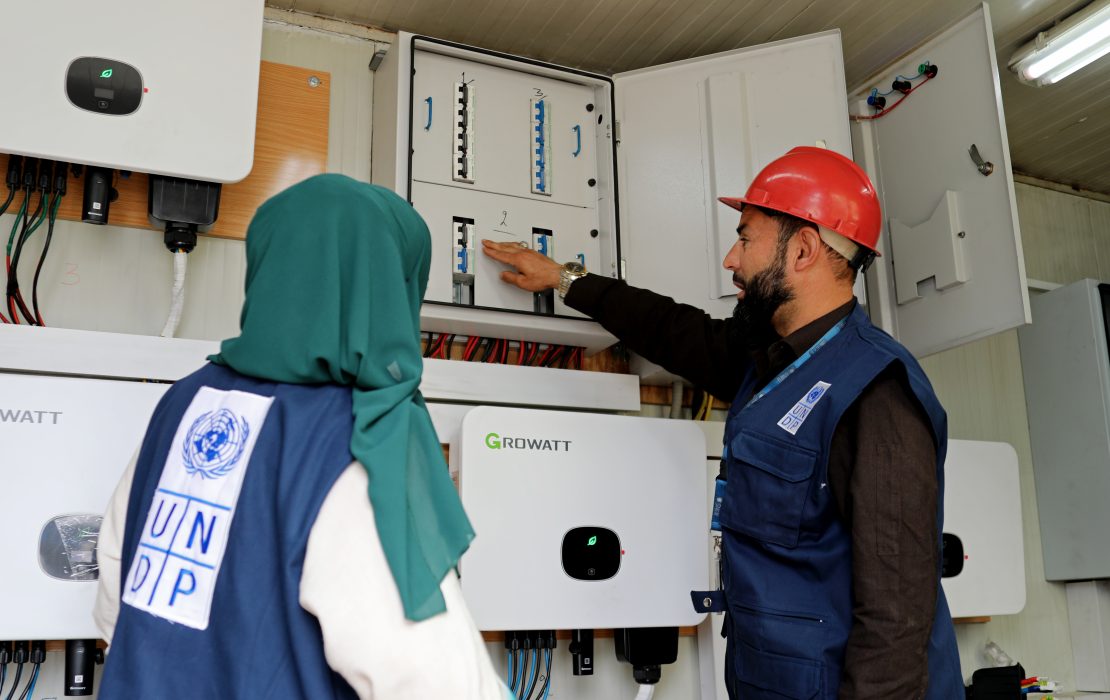
Photos: UNDP Afghanistan
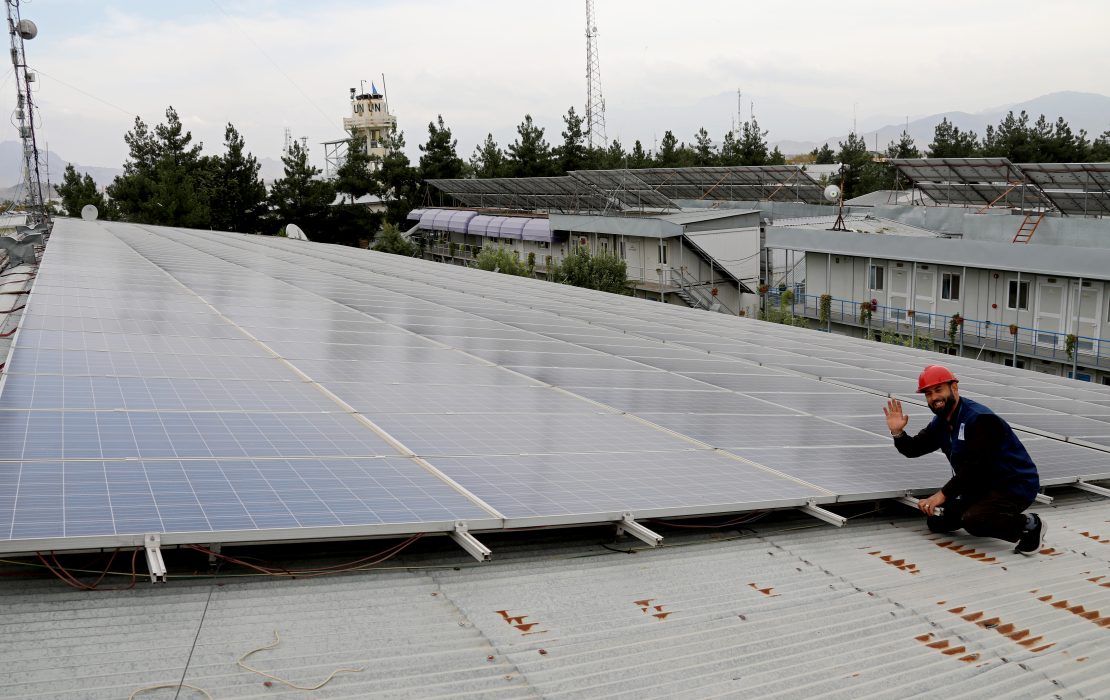
Afghanistan
In Afghanistan, UNDP is leading a green energy transformation, demonstrating that sustainability can increase resilience in fragile context. Amid ongoing challenges, from limited infrastructure to reliance on fuel imports, UNDP is turning to renewable energy to ensure operational security.
Starting in 2018 with a 50-kW solar system, UNDP has expanded capacity to 371.5 kW by 2024, replacing generator-dependent electricity and reducing fuel needs significantly. With plans to reach 50 percent renewable energy usage by 2025 through additional solar-powered boilers and energy-saving technologies, UNDP Afghanistan is setting a powerful example in sustainability. By reducing reliance on fuel, enhancing safety, and cutting carbon emissions, the initiative illustrates how renewable energy projects can both enhance resilience and have positive climate impacts, even in the most challenging settings.

Photo: UNDP Cameroon
Cameroon
The 'UNDP Cameroon Goes Green' project has achieved an impressive 74 percent reduction in the office’s energy carbon footprint by implementing on-site solar power and energy-efficient LEDs, preventing the release of 165 tonnes of CO2—equivalent to the impact of 2,728 trees.
Led by Larissa Tuayo, a dedicated professional and focal point for the Greening Moonshot initiative, the project has not only decreased reliance on fossil fuels but also reduced energy costs by 20 percent.
“It's been incredibly rewarding to see our office become a sustainability model. As climate change impacts diverse regions like Cameroon and New York through issues like food insecurity and flooding, it's clear that everyone, from headquarters to local teams, has a vital role in driving change”, Larissa notes.
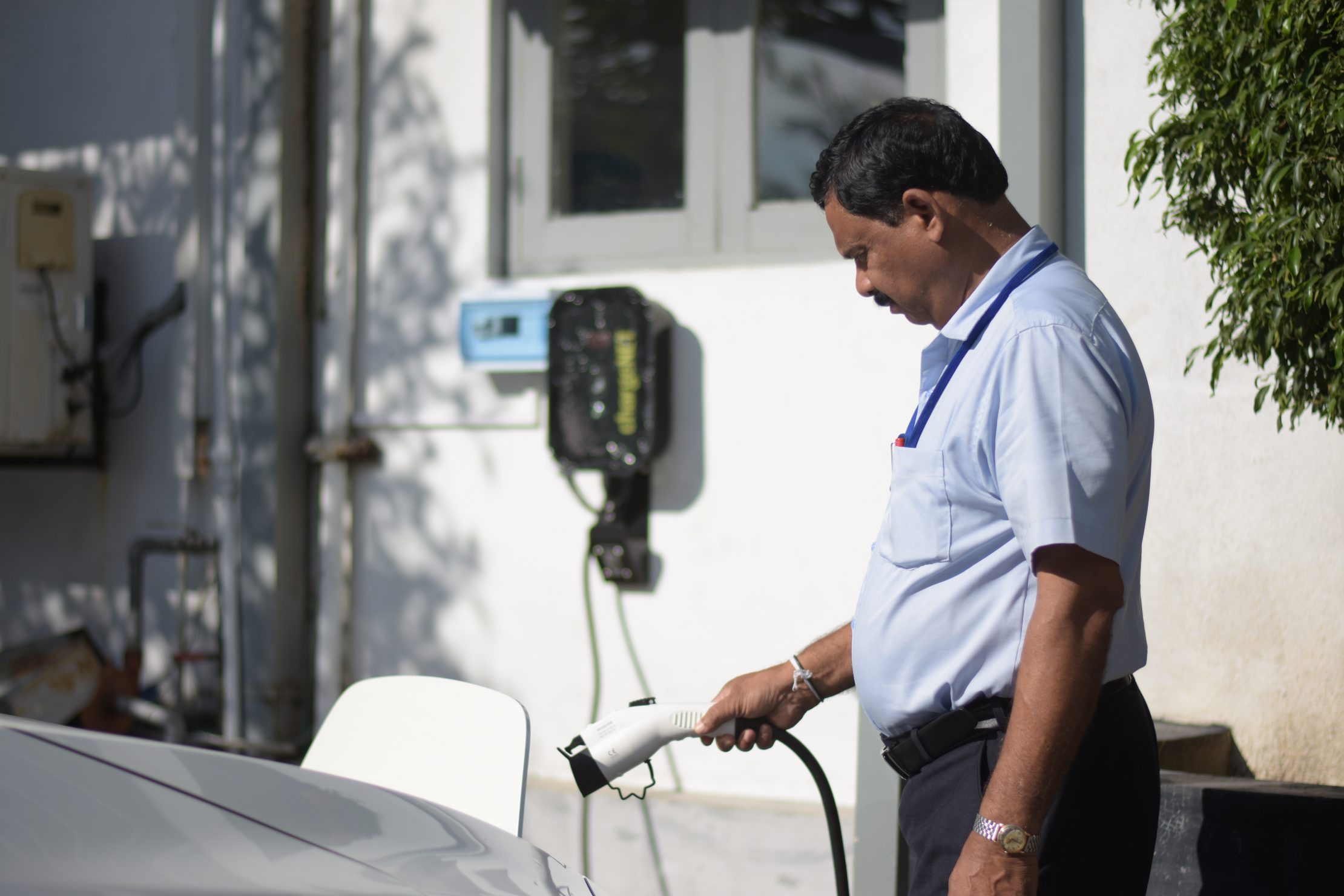
Photo: UNDP Sri Lanka
Sri Lanka
UNDP in Sri Lanka has invested in solar energy, equipping its office operations with 531 solar panels that carry a capacity of 205 kWp. The system not only cuts carbon emissions but also saves Rs 500,000 (approx. USD 1,670) monthly in energy costs. The solar panels power the compound and charge the office’s electric vehicle, a model of sustainable mobility that seamlessly integrates with the UNDP’s mission for green transformation.
The resilience of this investment was tested during the severe power crisis of 2022, when energy shortages and blackouts swept the nation. Yet, UNDP Sri Lanka’s operations remained uninterrupted, allowing critical humanitarian aid efforts to reach over 2.9 million people—more than 10 percent of the population.
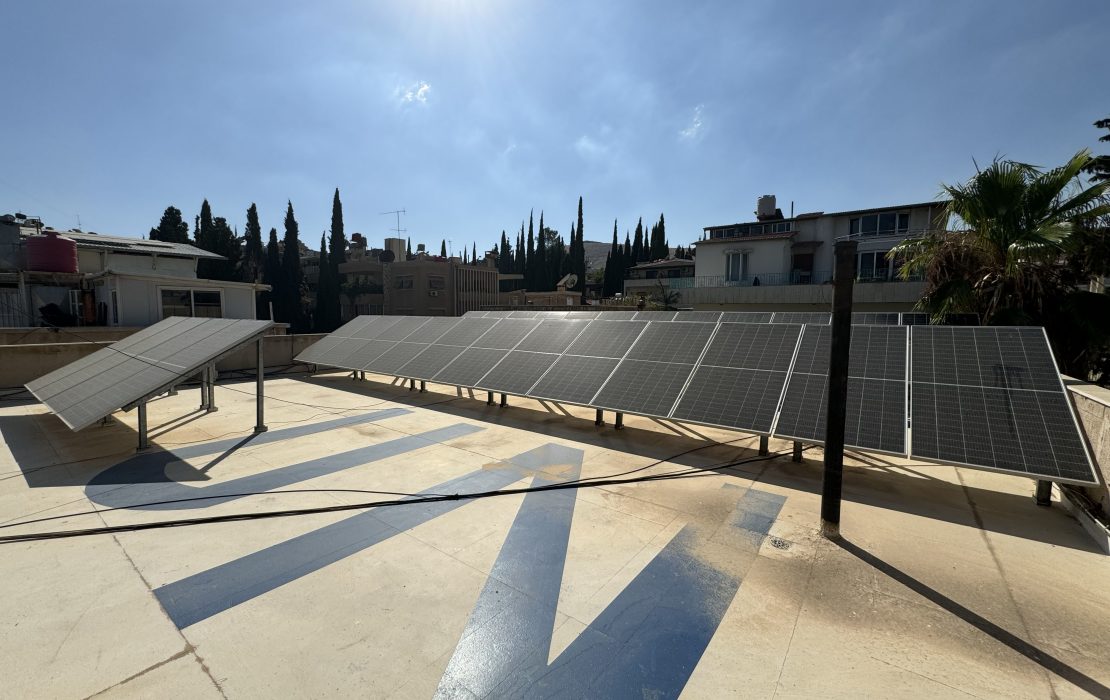
Photos: UNDP Syria / Duha Alibrahim

Syria
In conflict-affected countries like Syria, where power outages can last up to 20 hours daily, UNDP’s adoption of solar energy is enhancing energy resilience and reducing diesel dependency, but also ensuring critical operations continue uninterrupted. This solar support enables staff to maintain essential functions during blackouts, allowing UNDP to deliver vital services and support recovery efforts for communities across the country. UNDP installed solar-powered systems at its Damascus office, saving over 6,000 liters of fuel and cutting CO2 emissions by 16.83 tonnes annually.
To ensure uninterrupted operations and address the need for continuous electricity and internet access, UNDP installed solar panels in staff homes, reducing CO2 emissions by 100 tonnes annually. This setup allowed staff to continue their work even when conflict required them to stay indoors for extended periods, sometimes for weeks at a time.
"I was approached by many colleagues who expressed how great it was not to worry about their laptop battery running out in the middle of a meeting. It was life-changing for some not to worry about running out of water since they can now operate the water pumps. Even when working from the office, it made a lot of difference not having to come back home to a dark house." - Besher, IT Analyst at UNDP Syria explains.
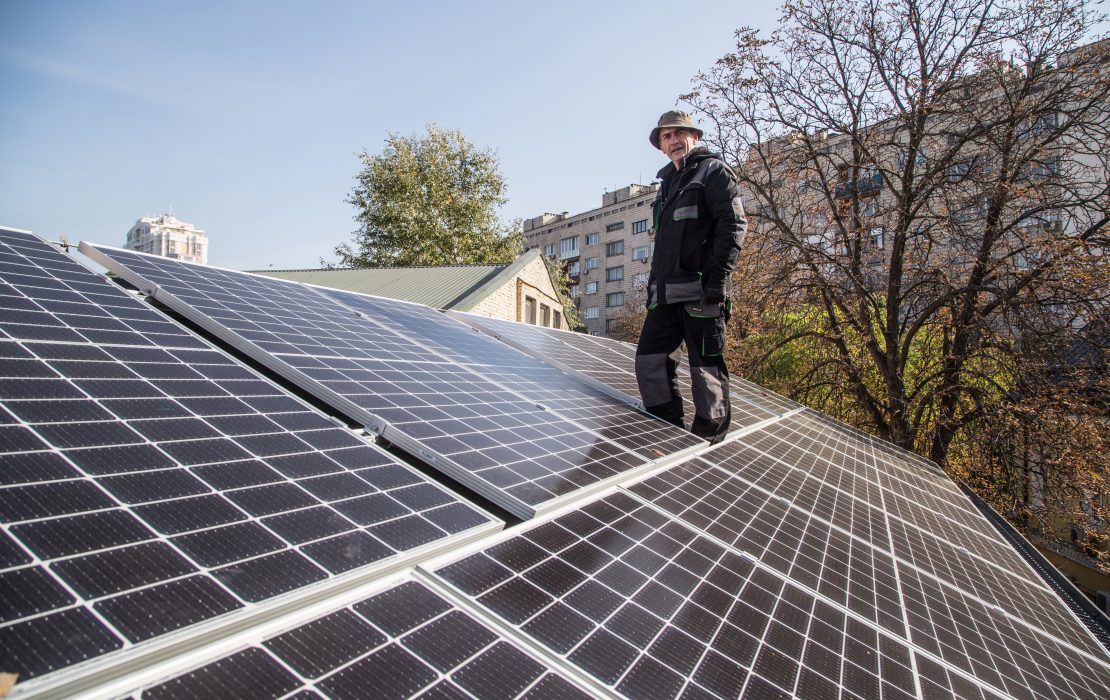
Photos: UNDP Ukraine / Oleksandr Ratushniak
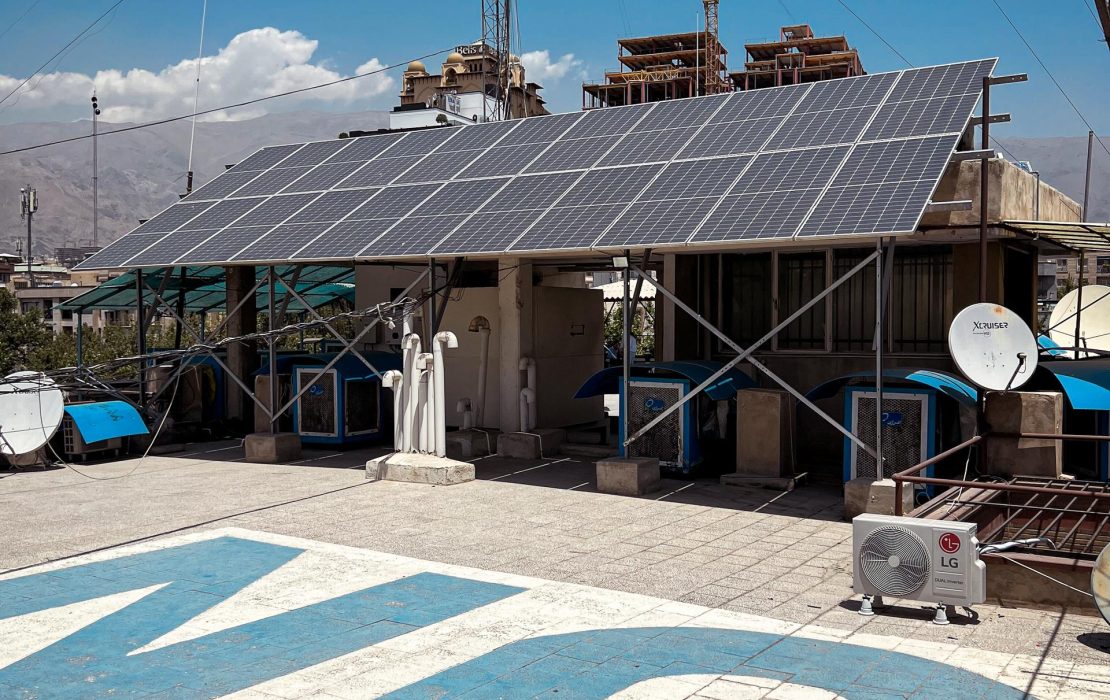
UNDP Iran
Ukraine
By installing a grid-tied solar system generating 7 kW, UNDP Ukraine has reduced its office’s CO2 emissions by 16 tonnes annually and cut electricity emissions by almost 20 percent. Agnes Kochan, Operations Manager at UNDP Ukraine, emphasized the initiative’s impact:
“Tackling climate change doesn’t mean sacrificing our modern lifestyles. With modern technologies, which are increasingly becoming more efficient and cheaper, we can enjoy all the benefits of a reliable electricity supply and transport with low running costs – with the added benefit of reducing our impact on the climate.”
By modelling renewable energy solutions within its own operations, UNDP reinforces Ukraine’s climate leadership, showing that practical, climate-conscious choices can make a difference on both organizational and national levels. As Ukraine navigates humanitarian challenges from ongoing conflict, UNDP’s commitment to sustainability aligns with Ukraine’s roadmap for a resilient green recovery.
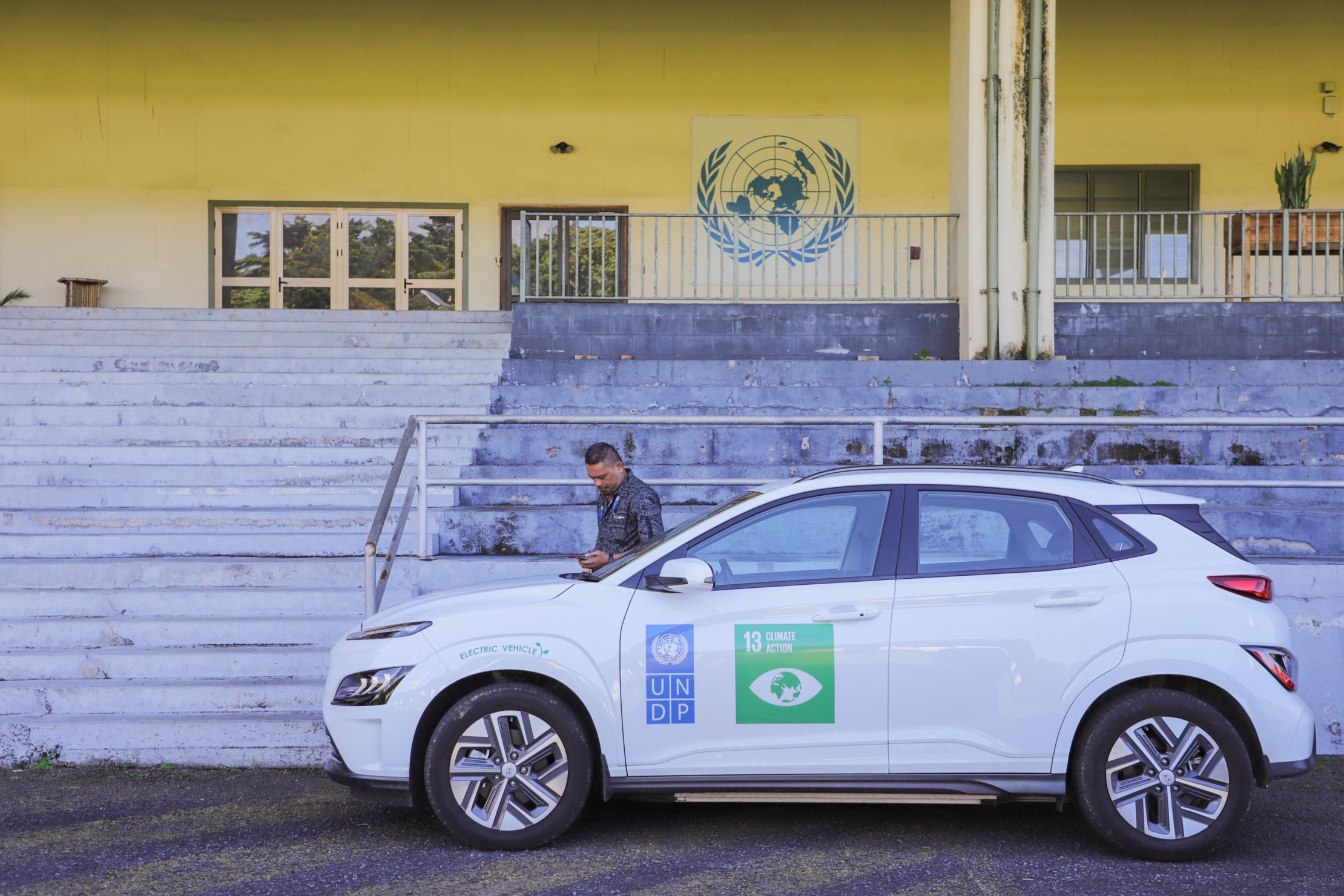
Photo: UNDP Samoa Multi-Country Office
Leading by example
“Our Greening Moonshot initiative runs on comprehensive data and the remarkable dedication of colleagues globally who are bringing the plan to fruition on the ground.” – Achim Steiner, UNDP Administrator
With the recognition that organizations like ours must lead by example on climate action, UNDP is committed to achieving its ambitious Moonshot targets, including a 50 percent emissions reduction by 2030. At the same time, UNDP’s ambitious emissions reduction targets are not just about numbers — they are about inspiring real change across the world, one solar system, one electric vehicle, and one green initiative at a time.
Editor’s note: If you found this piece useful, see more stories on our Greening Moonshot by subscribing to our UNDP’s Greening Moonshot Exposure account.